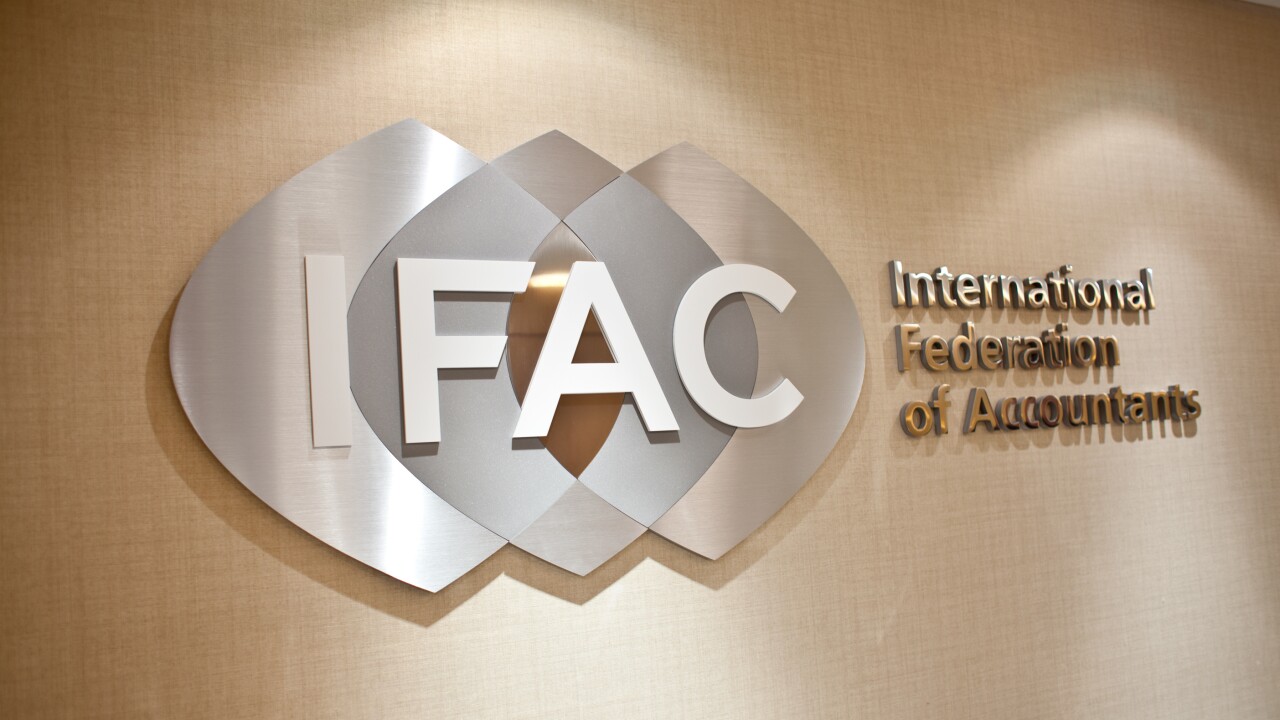The Research Tax Credit for federal purposes has been around since 1981, and the form to report qualified research expenditures has been in existence since at least 1990.
Form 6765, which has changed dramatically from its predecessor, still asks for information on the qualified research expenditures that a taxpayer is including as part of the research credit.
"The form has always said, 'Tell us your wages, your supplies, your contract research and your cloud computing expenses and give us the total,' said Michelle Abel, a principal at Baker Tilly and leader of the Top 10 Firm's credits and incentives group nationwide, with a focus on the research credit.

"The big difference now is that there's a lot more detail being required at the time of filing this form," she explained. "These are qualified research expenditures, or QREs. The understanding was always that you're only putting QREs on your Form 6765 that relate to qualified research activities. But the form never had any place to provide detail about what all those activities were."
"The idea was that you file the form, but you've already done the work to document what your qualified activities were, and how those dollars that you're reporting on the form relate to those qualified activities," she continued. "And if a taxpayer was under IRS exam a few years down the road and they didn't have this documentation already put together, they would have to scramble to put it together or try to dig it up and recreate the documentation that they should have had back in the year they filed it. And that can be difficult because sometimes the employees that are involved are gone, and the records aren't there anymore. We always recommended having the documentation in place, but the form never before required it. So taxpayers could do their calculations, file the credit and choose not to put any documentation in place if they wanted to gamble and hope they wouldn't be involved in an exam, or that they would have time to pull the information together."
There are two additional pages on the form that, in essence, inform the taxpayer that they need to specify the development activities that they were involved in and get it on the form when they file their tax return.
"The development activities are called 'business components,'" said Abel. "For example, a company develops one product every year. They do new research and development to improve that product. Then they really have one business component — it's that product and the improvements that they make each year. In contrast, a software company that has 10 different types of software, and they're doing a number of different development efforts on each of those 10 different software products to improve them each year. That company might have anywhere from 10 to 30 business components. So some companies could have 100 business components every year."
In the aerospace and defense industries, for instance, there could be hundreds of different things going on in any one year that are all qualified business components, Abel observed.
"They want you to list what are all of the business components that you are engaged in during the current tax year you are filing, and they want you to break out the actual name and unique identifier of those business components," she said. "They want to know the wages, the supplies, the contract research expenses and the cloud computing expenses for each business component. Previously the taxpayer could just combine all those dollars and put them on the form. Now they really need to have all of their ducks in a row in terms of which dollars relate to which business components, and have them ready to go in detail on the return."
Direct wages and supporting wages were never a part of the form, but now the IRS wants to know them, Abel noted: "They need to say OK, for the wages that are being included, what portion relates to officers of the company? When the IRS sees officers' wages included, it's one of the first things they ask — are they really in the trenches with their sleeves rolled up, or are they more of an administrative person? That's one of the first things they want to dig into and scrub if you're under exam."
The breakout that Abel mentioned is not required until the 2025 form is submitted. However, for 2024, a taxpayer is required to give the number of business components that they're looking at: "Is it the one business component, or 30 business components or 500 business components that they're including in their calculations? And the officers' wages that were included as part of the wage QRE, whether the taxpayer acquired or disposed of any major portion of their trade or business during the tax year. I'm not surprised that the IRS is requiring these for 2024, since they're some of the first questions that the IRS will ask about when a taxpayer is under IRS exam."
Two new questions are required for 2024, Abel noted: Did the taxpayer include any new categories of expenses for the current year that that they are including as QREs, and did the taxpayer determine any of the QREs following the ASC 730 Directive method (a method certain large business taxpayers can use when identifying QREs based on financial statement R&D amounts).
"Tax year 2025 is when all taxpayers are required to adopt that additional level of detail which asks taxpayers to list the wages, the supplies, the contract research expenses and the cloud computing expenses for each business component," she warned.
Some taxpayers will not be required to fill out Section G, which is the breakdown of business component by business component, according to Abel: "Any business with total QREs equal to or less than $1.5 million and gross receipts equal to or less than $50 million will not have to complete Section G, and also any taxpayer who fits the definition of a qualified small business when looking at whether or not they can apply their credits against payroll taxes. Both of these can ignore Section G."





